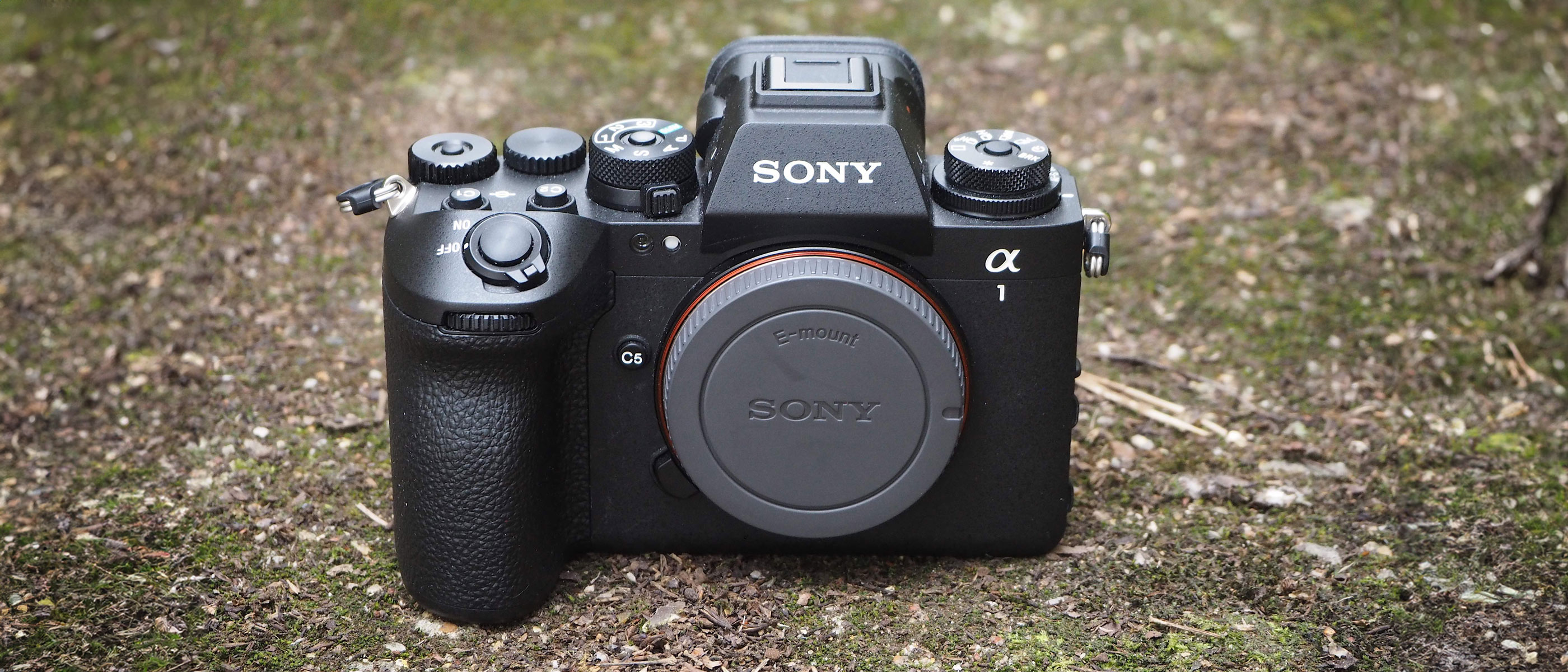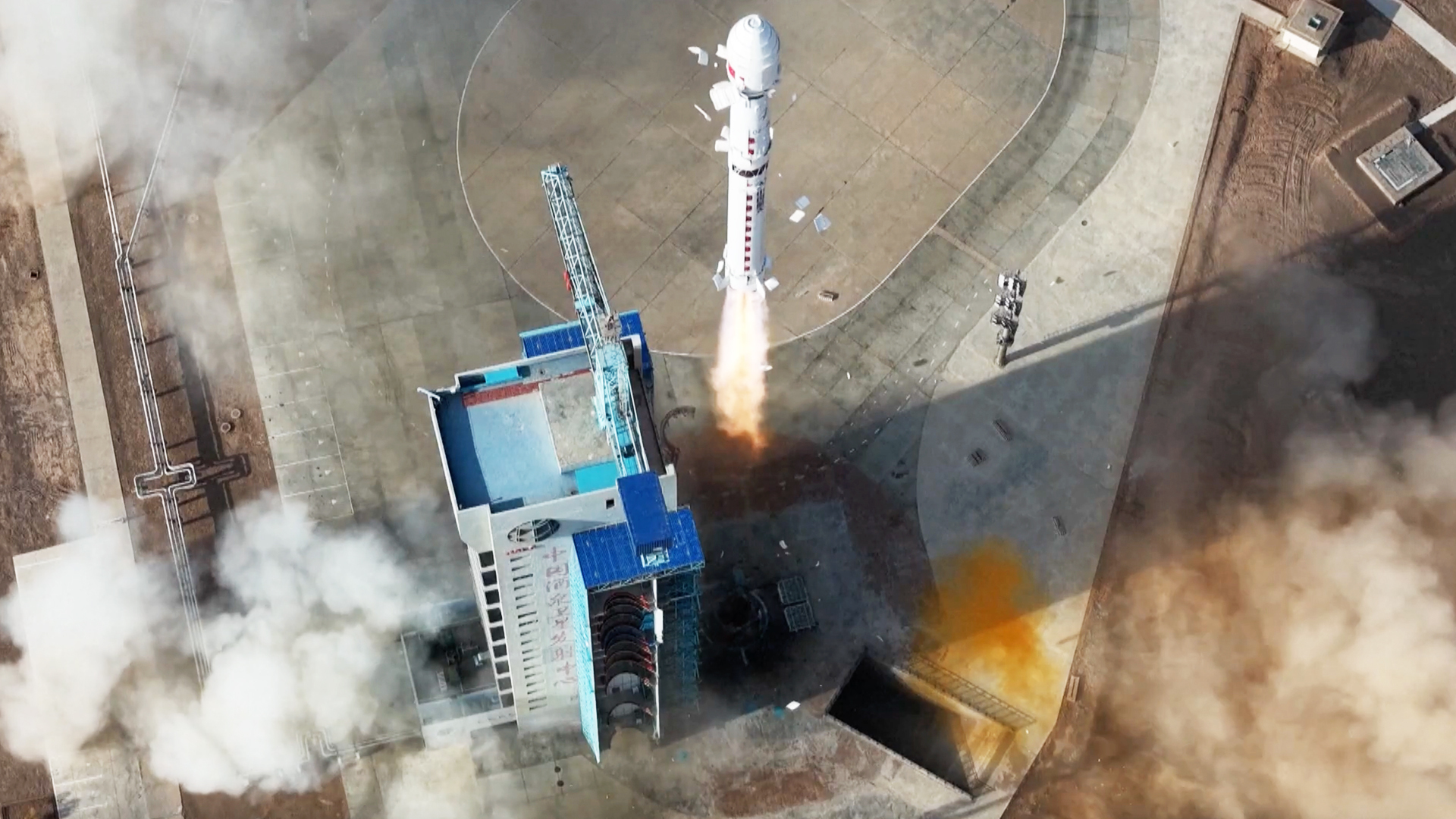Space Verdict
The Sony A1 II is a tech-packed mirrorless camera that delivers razor-sharp 50-megapixel photos at up to 30 frames per second (fps) while allowing you to focus purely on your subjects. The autofocus is fast and accurate in locating, locking on and tracking subjects, thanks, in part, to artificial intelligence (AI)-enabled innovations carried over from Sony's recent A9 III model. Such a photographic aid doesn't come cheap, however, and the only real downside of this camera is its $6500 price point. This puts the Sony A1 II out of reach for many people who might truly appreciate it.
Pros
- +
Razor-sharp results, reliably influenced by AI
- +
Rigid, tank-like construction
- +
Angle-adjustable touch screen, plus EVF aid captures
Cons
- -
Hefty price
- -
Lower resolution than the cheaper A7CR and slower operation than the A9 III
- -
Expensive extraneous features
Why you can trust Space.com
System: Sony Alpha E-mount mirrorless camera
Sensor: 50.1 effective MP, full-frame CMOS
ISO range: A core ISO 100-32,000; expandable to ISO 50-102,400 equivalent
Burst shooting: Up to 30 fps with AF/AE
AF: 759 points phase detection
Video: 8K resolution at 30 fps, 4K at up to 120 fps
Screen: 3.2-inch vari-angle touch-screen LCD
Dimensions: 5.4 x 3.8 x 3.3 inches (136 x 97 x 83 mm)
Weight: 1.45 pounds (658 grams) body only; 1.64 (743 grams) with the battery and memory card
Sony has kept the core specifications of the A1 II the same as its predecessor's, retaining a 50.1-effective-megapixel top resolution, coupled with 30-fps burst shooting. However, this second-generation camera updates the way it identifies and tracks subjects with AI-enhanced features inherited from the recent A9 III, which sits just below it in Sony's Alpha series.
In practice, it can feel like the camera takes the user effort out of achieving a technically excellent capture, leaving us to concentrate fully on the framing and subject. But do such tweaks to the autofocus justify the very high asking price? The following breakdown should help you answer that question and determine whether the Sony A1 II is right for you.
Sony A1 II: Design

★ ★ ★ ★
- Top-plate shooting mode, focus and capture speed dials, command dials and raised shutter release/on-off switch
- Scroll wheel for rapidly surveying on-screen menu options
- Plentiful picture framing options
The Sony A1 II looks identical to the recent A9 III due to its DSLR-like styling, and the heft of the Sony A1 II means it sits well in the palm. The setup with the lens makes for a rock-solid hold, especially if you're shooting by hand with the likes of the equally high-end G Master series FE f/1.4 50mm prime lens we had in at the same time. This camera and lens may be chunky in a hard-angled, brutalist fashion, but Sony has managed to keep the setup manageable.
The large, molded, updated handgrip enables a comfortable grip, with our left hand supporting the lens barrel, and improved in-body image stabilization provides peace of mind if you're shooting without the supplementary flash. This is the equivalent of up to a maximum 8.5 stops when you're capturing stills, which works impressively, especially on dull days.
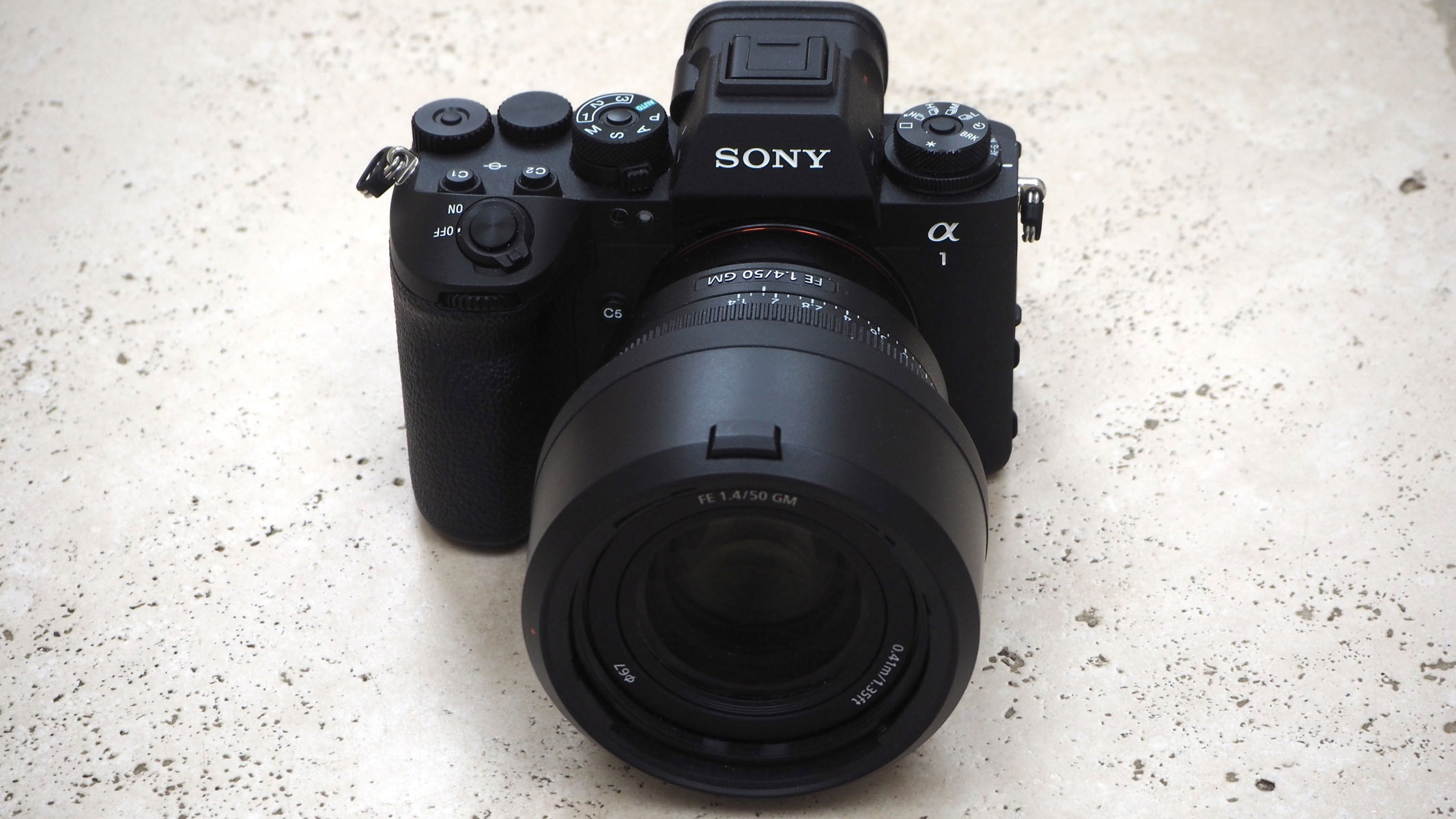
Having recently handled its predecessors, we found the Sony A1 II intuitive to use from the start, even with a plethora of top- and back-plate controls. We would have liked a top-plate LCD window to give us a summary of key settings at a glance, without having to delve into the back-plate LCD menu screen. But the physical controls are certainly a boon for those who love to get hands on while appreciating the slightly more compact form factor.
Even previous point-and-shoot-camera users will recognize the familiar P/A/S/M shooting mode dial with various custom settings. There's also a raised dial for selecting single or various burst capture modes, plus a subdial that allows you to switch from single shot or continuous autofocus to manual focus.
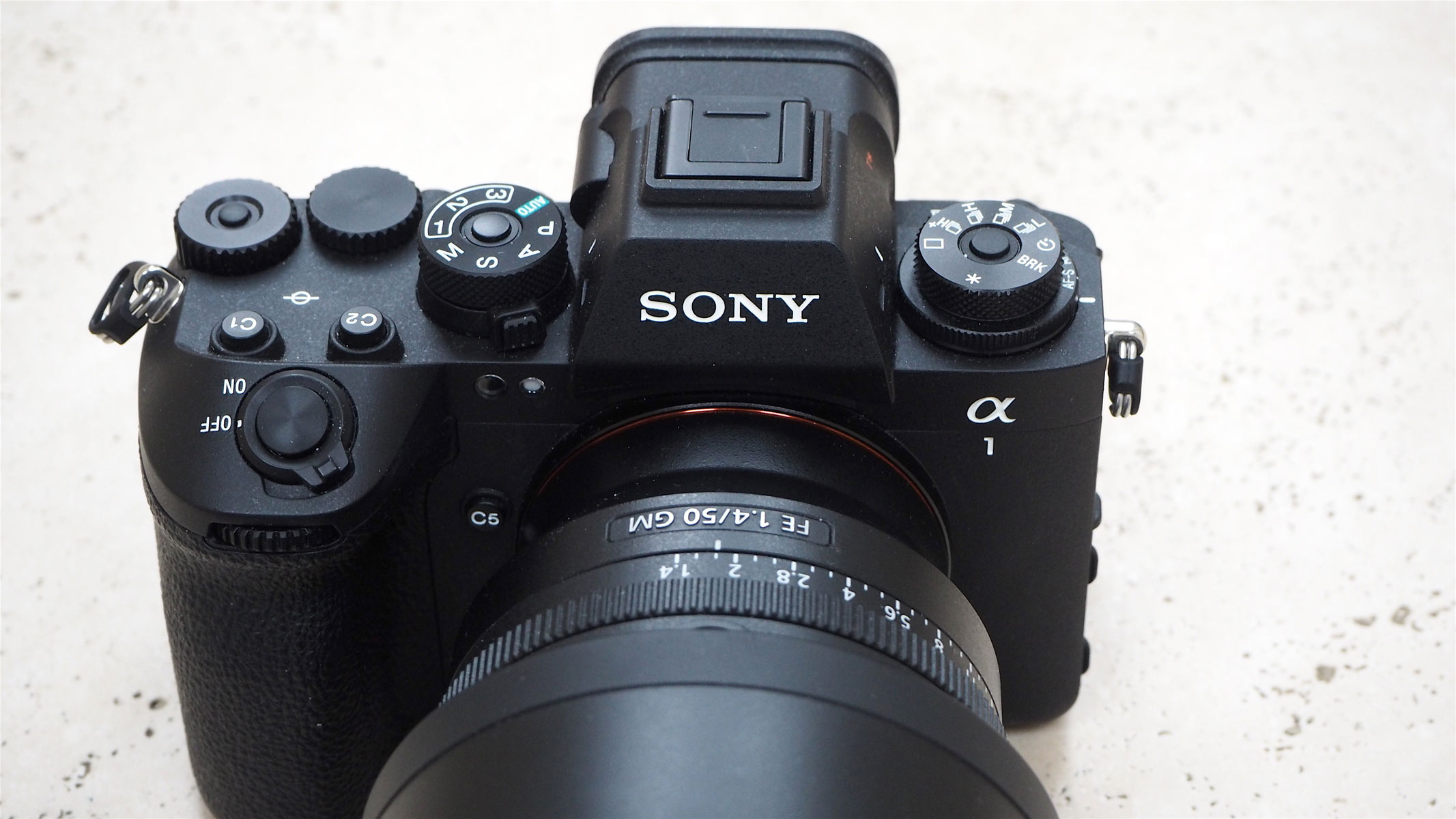
This camera works in two ways. There are plenty of manual features and physical controls for those who enjoy turning knobs and dials to make changes and literally get hands on. Then, there is the ability to switch the camera to auto-capture and let it impress with its lightning-fast, accurate responses. This allows you to concentrate on whatever is in front of the lens, rather than on what the camera itself is doing. In this respect, the Sony A1 II can quickly become an extension of your own eye and arm.
Breaking space news, the latest updates on rocket launches, skywatching events and more!
Overall, the classic design and layout offer what we'd expect for this class of camera. Everything is readily accessible, with minimal need to keep dipping in and out of menu screens.
Sony A1 II: Performance
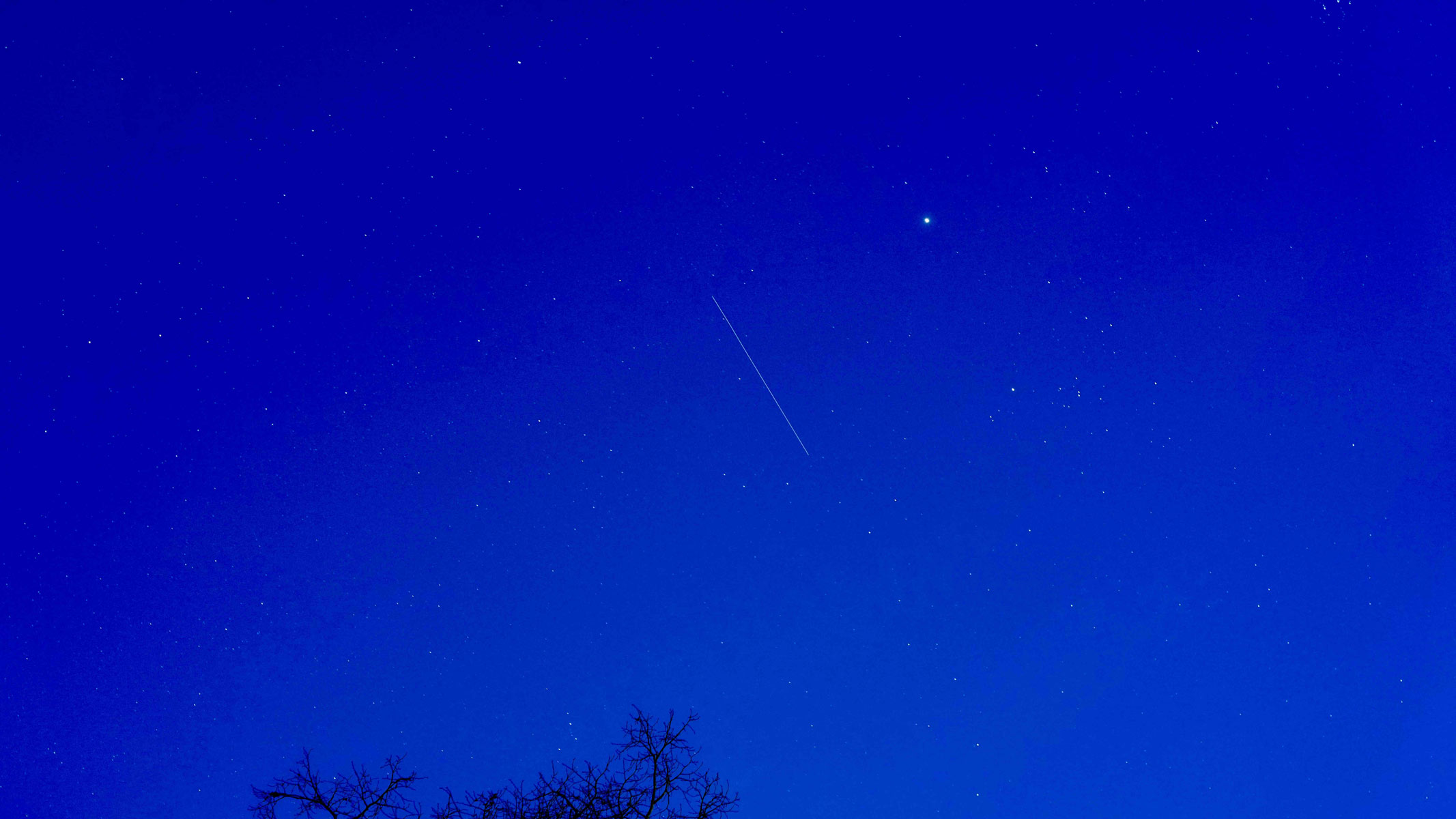
★ ★ ★ ★ ★
- Razor-sharp, 3D-like detail
- Consistently blur-free results
- One-second pre-capture mode
Sony kept the best parts of the original A1 II, including the 50-MP sensor and the 30-fps maximum capture speed, and updated it with the AI-enabled subject recognition features found in the company's A9 III model for a similar price. The result is a Sony flagship that feels like it's offering its users everything but the kitchen sink. Naturally, you get Wi-Fi and Bluetooth connectivity, an HDMI port, and connections for an external microphone and headphones.
With all this tech on board, you'd imagine the camera would suck juice like a thirsty toddler. In reality, the chunky, rechargeable lithium-ion battery that inserts into the base of the handgrip is good for up to a stated 420 shots. While that's no match for a DSLR of old, which could manage around 900 to 1,000 captures at this level, it's nevertheless respectable for this slightly more compact class of mirrorless camera.

Incidentally, a dual battery charger came in the box with our review unit and would be convenient for pros who shoot for prolonged periods and want a spare ready to go, especially at night in cold, clear conditions perfect for astrophotography.
A plethora of cards allows users to accommodate the data-hungry demands of 50-MP stills as well as video. An expert in this particular field, Sony maintains the movie specification of the original A1 by offering up to 8K resolution video capture at 30 fps, or 4K at up to a slow-motion-inducing 120 fps. It's no surprise that the A1 II incorporates the manufacturer's latest XR image processor to crunch through all the data.
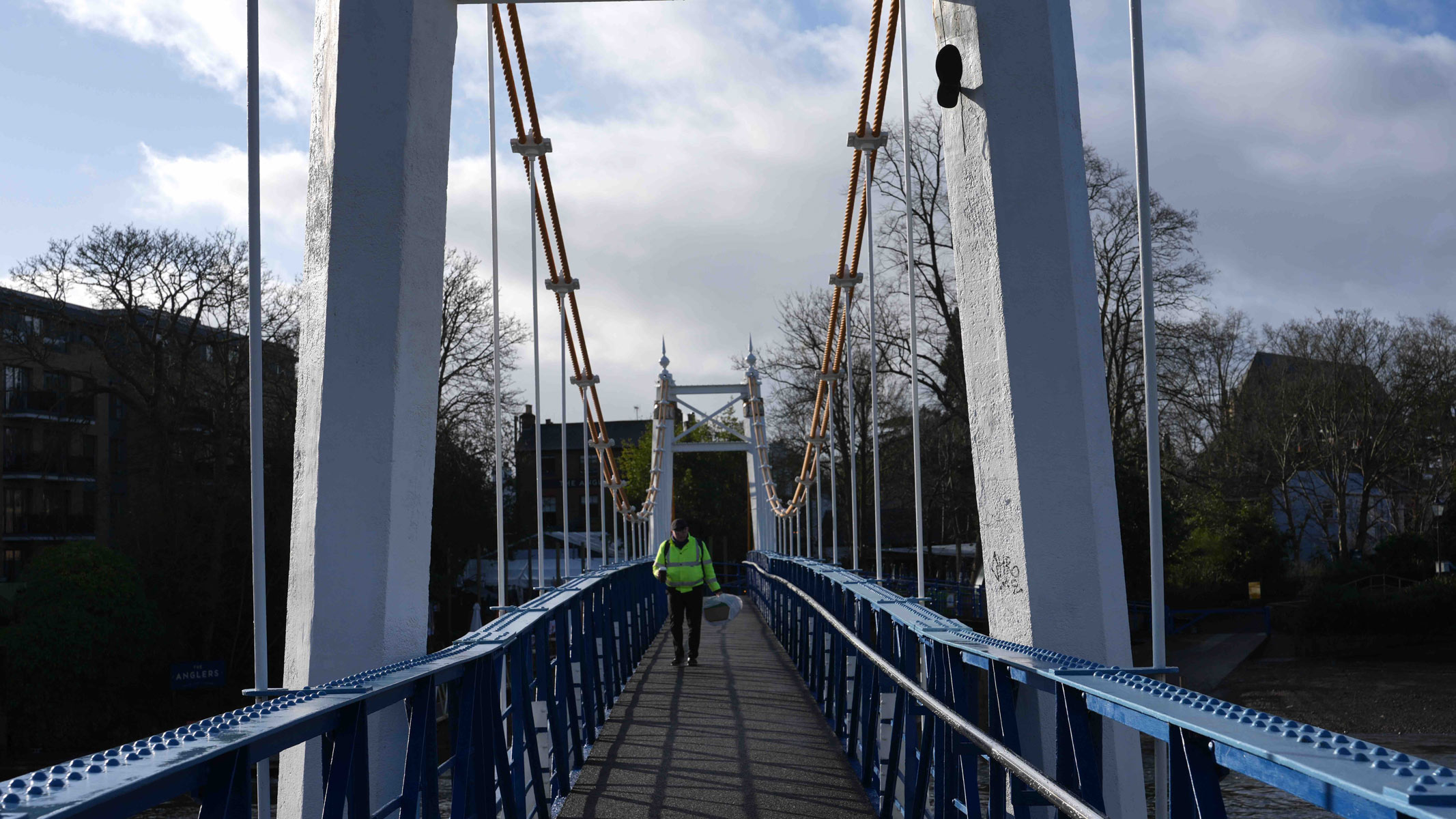
While the core features have remained largely the same at first glance, the enhancements of this second-generation model are most keenly felt in its AI-enhanced response times, which sometimes made us feel like the camera was making its judgments more quickly than we could.
Features such as real-time recognition AF can now identify someone as human not just by their face or head but also by their torso. In a similar way, the A1 II can direct focus to, lock on and track an array of familiar subjects, including birds, vehicles and even insects.
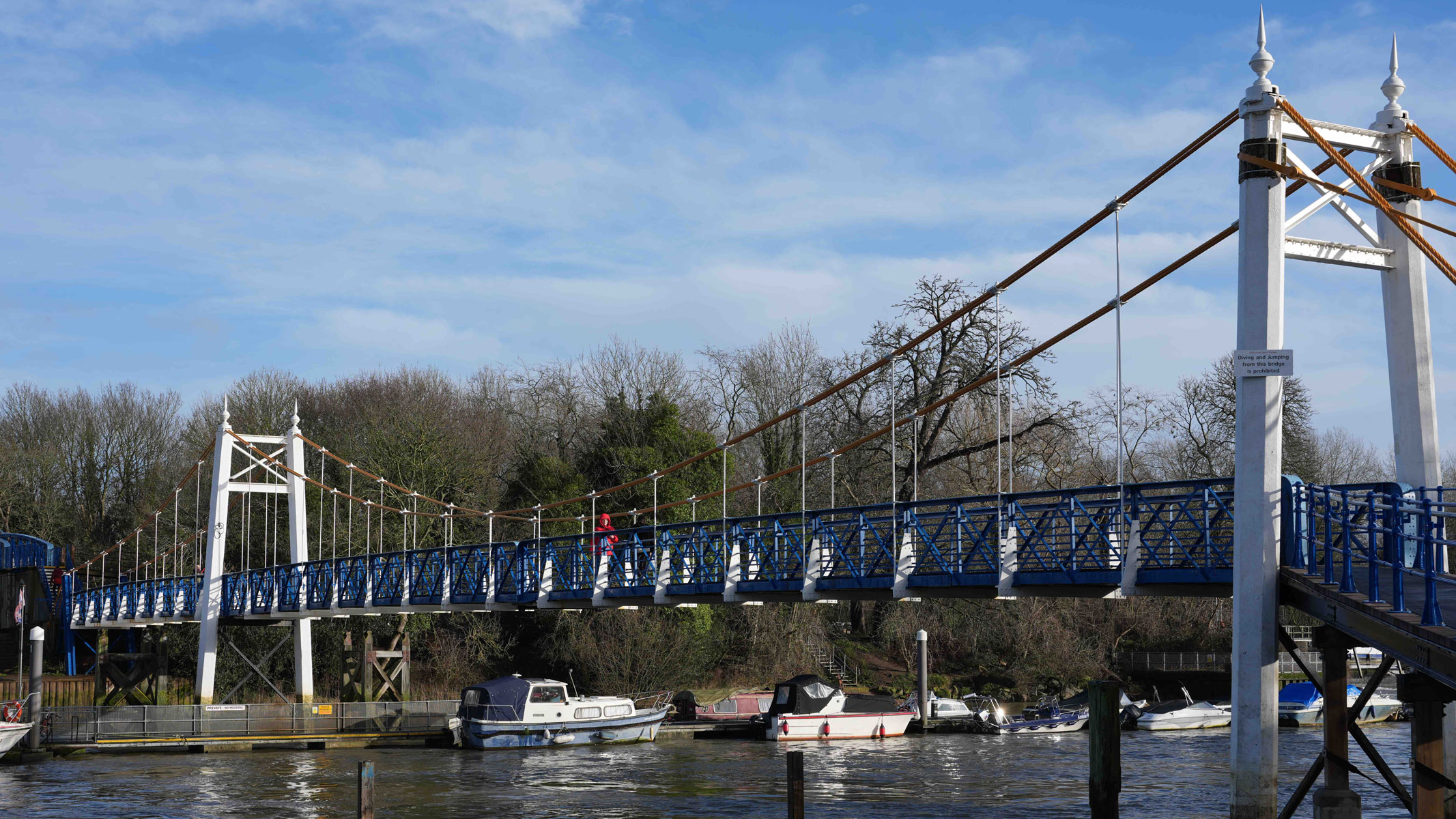
We were free to concentrate on the composition and line up the elements within our frame, which, beyond the tech, is ultimately what makes for a great photograph. The camera provides precision, accuracy and, when coupled with the high-quality glass we were using here, sufficient light to deliver an impressively sharp, color-rich, almost-3D-like image.
The Sony A1 II was no slouch at shooting the stars at night, either. The autofocus worked perfectly for us even when we were shooting in near-complete darkness, with our surroundings illuminated only by the moon and stars. We mounted the camera on a tripod to allow for illuminating exposures of up to 10 seconds, and our chosen lens was wide open at f/1.4 maximum aperture. Day or night, this feature-festooned camera body is quite the performer.
Sony A1 II: Functionality
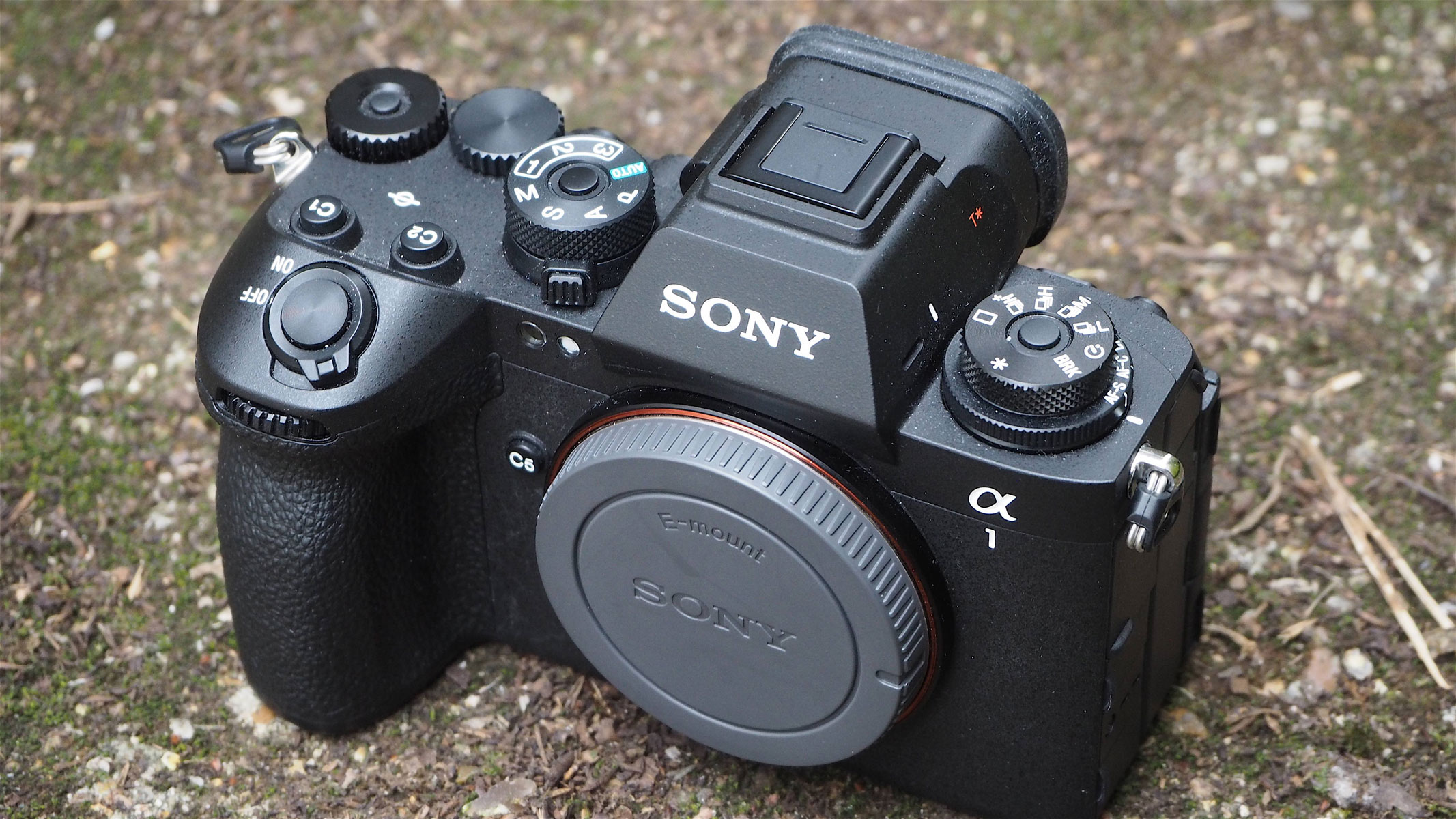
★ ★ ★ ★
- A choice of JPEG, RAW or HEIF formats for stills at up to 50.1 MP
- AI-enhanced AF/AE tracking
- 4K resolution video at up to 120 fps, or 8K video at 30 fps
The camera's default image ratio is 3:2 when first activated. Its 3.2-inch fully articulating LCD screen is so sharp that we were reassured that the shot we wanted was in focus and properly exposed, even when using the 9.44- million-dot resolution electronic viewfinder as our preferred means of framing.
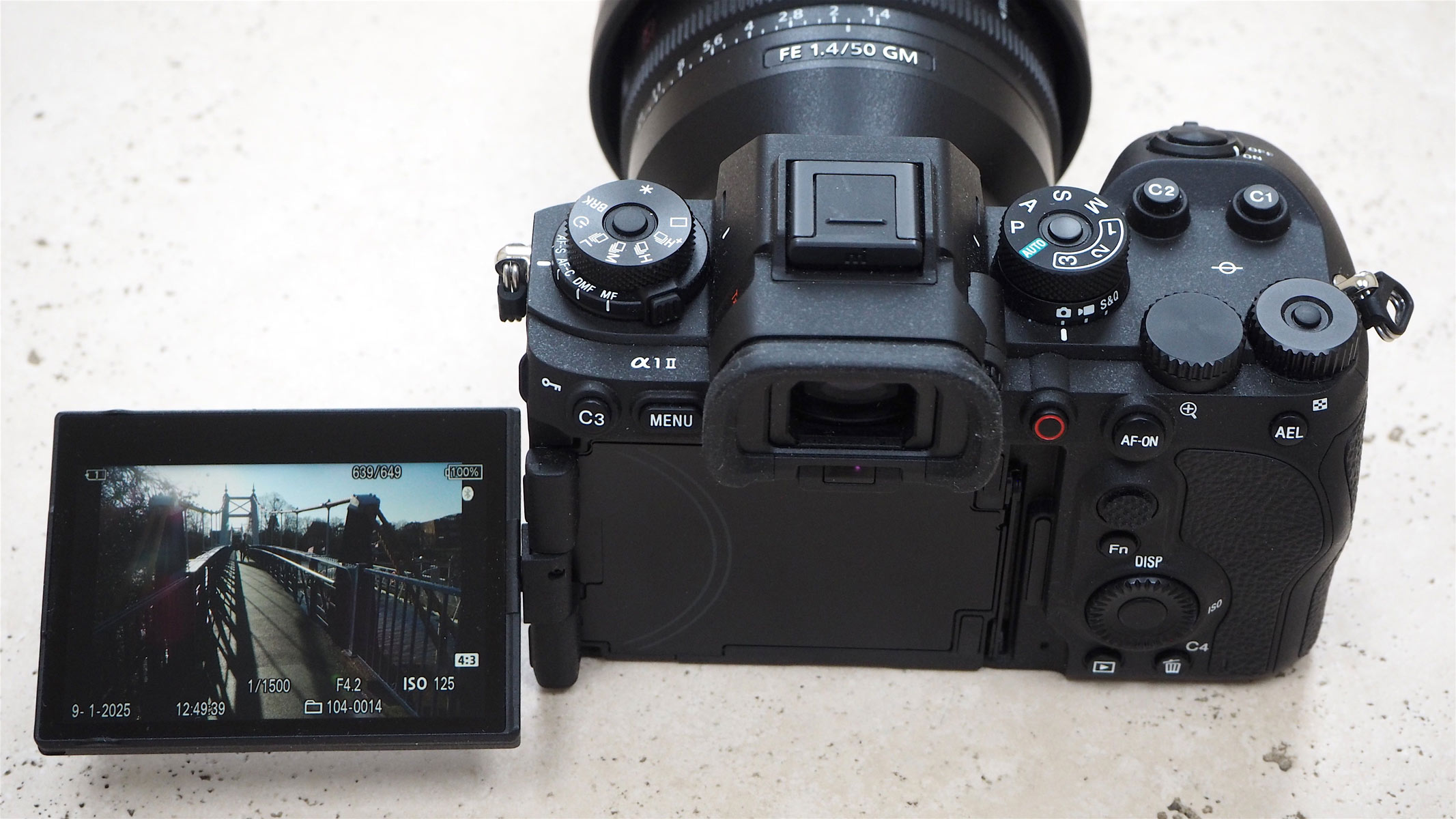
Still-capture formats include the expected extra-fine JPEG and RAW, along with the newer HEIF format alternative. The Sony A1 II is equally adept at video, for those photographers occasionally called upon for moving footage alongside stills.
The results from the Sony A1 II were some of the best we've seen in our 25 years of using digital cameras. That's exactly what many hope for, given the technological promises and the very high price of this camera.

If you're traveling light and don't want to pack the dual charger, you can simply attach the supplied USB cable to a suitably enabled power plug and use the port on the side of the camera to charge the battery. In terms of memory card slots, the Sony A1 II pinpoints its key audience as professionals by providing space for two CFexpress and two regular SD cards. These are located in the compartment protected by a sliding catch at the rear of the handgrip.
As for performance and functionality, you get the best bits of the original A1 from a couple of years back, plus, as with many competing manufacturers, AI-enhanced AF adding an extra sprinkling of magic fairy dust. While that may not wholly convince current A1 owners they need to rush to upgrade, it does enable Sony to continue pushing the line that, via its A1 series, photographers can still be confident they're getting the company's "ultimate" mirrorless camera.
How we tested the Sony A1 II mirrorless camera
We tested the Sony A1 II in a variety of shooting conditions, including in bright light, low light and darkness. In addition to checking that images were consistently sharp and the colors rendered true to life, we examined images for edge-to-edge detail and assessed whether the focus was maintained right into the corners of each frame. We also looked for any telltale artifacts, such as chromatic aberration, otherwise known as purplish pixel fringing. This is sometimes visible between areas of high contrast, such as the dark branch of a tree against a featureless sky.
We also scrutinized shots of the stars at night for any streak-like instances of coma distortion. We are happy to report a clean bill of health right into the corners of our frames, even at 4x or 5x. We examined full-size images on a desktop monitor rather than relying only on the camera's own screen.
Should I buy the Sony A1 II mirrorless camera?
✅You’re a keen enthusiast or pro photographer: For those who want to match a high-resolution, full-frame Sony camera sensor with their collection of E-mount lenses.
✅You want a feature-packed and robustly built camera body: This camera is designed to withstand not only the elements but also years of professional level use.
❌Value for money is equally important as performance: The super high price point of this camera can make it hard to justify its value for money.
❌You need the highest resolution or fastest capture speeds: Other Sony models would be better suited for these requirements, like the A7CR’s huge 60MP resolution and the A9 III’s speed of 120fps.
In truth, you'll probably be eyeing this camera only if you're already a professional photographer — perhaps one who specializes in corporate or commercial photography who can justify the sizable expense alongside the requirement for physically large images.
That said, if you have the funds, the Sony A1 II excels as an all-rounder. While it wouldn't be our first choice for unobtrusive street photography, it's equally suited to astrophotography, as well as portrait, wildlife and landscape photography. For such a variety of subjects, its ability to deliver consistently razor-sharp, detail-rich results will be a real boon.
If the Sony A1 II isn't for you
If the Sony A1 isn't the right camera for you, check out the Sony A9 III if 20-megapixel images are sufficient; the blistering capture speeds of up to 120 fps enable shots that the human eye might miss. Alternatively, Sony's A7CR puts resolution at the forefront of its must-haves, delivering 60-MP stills for those who value detail more than speed. Both are less-expensive options than the newer A1 II.
Gavin has over 30 years’ experience of writing about photography and television. He is currently the editor of British Photographic Industry News, and previously served as editor of Which Digital Camera and deputy editor of Total Digital Photography.
You must confirm your public display name before commenting
Please logout and then login again, you will then be prompted to enter your display name.
